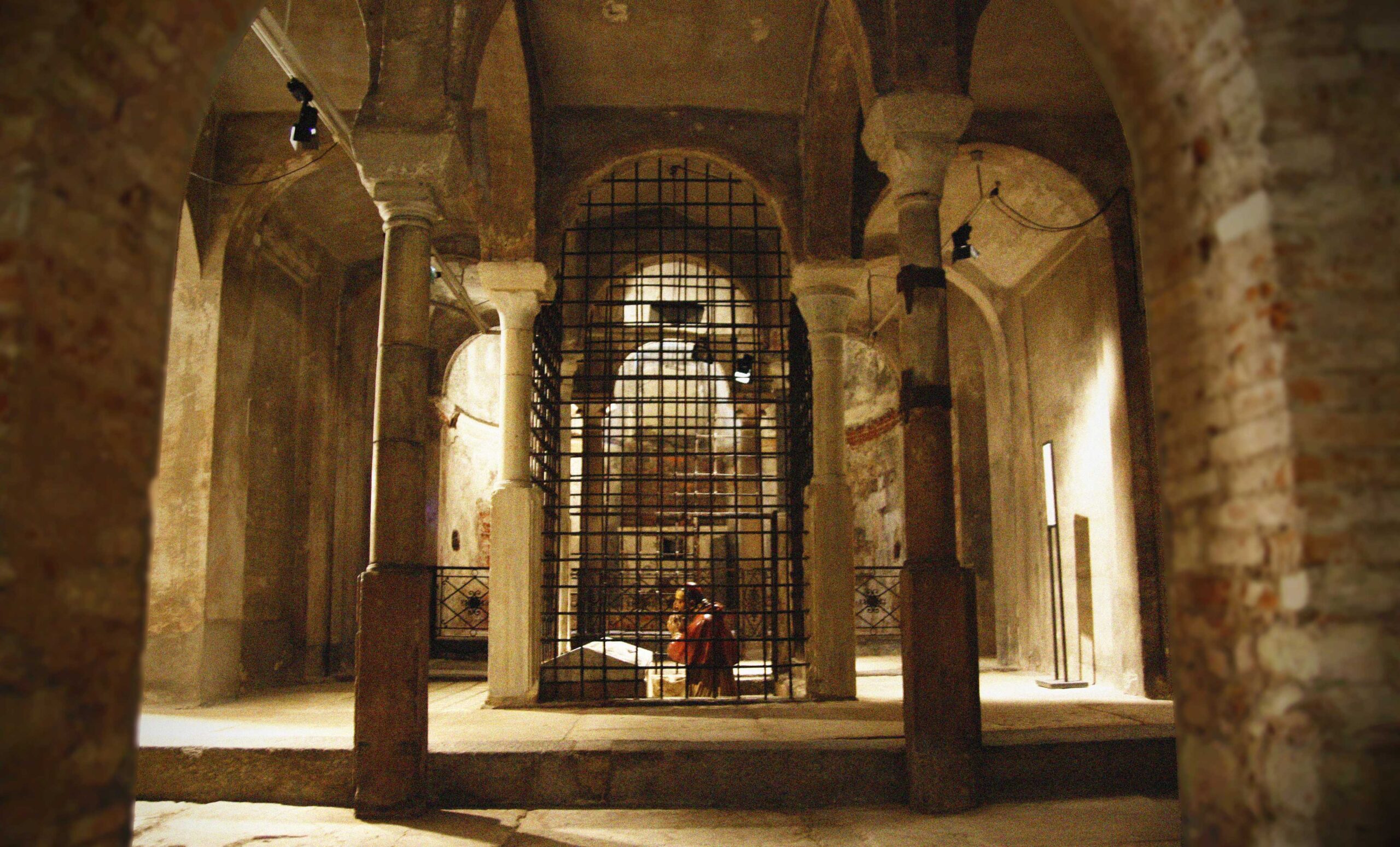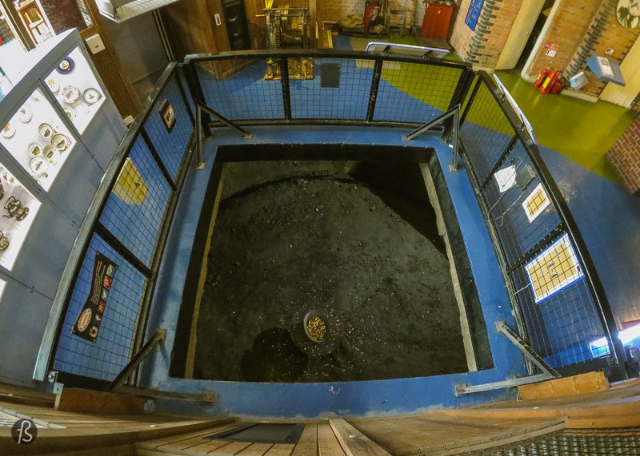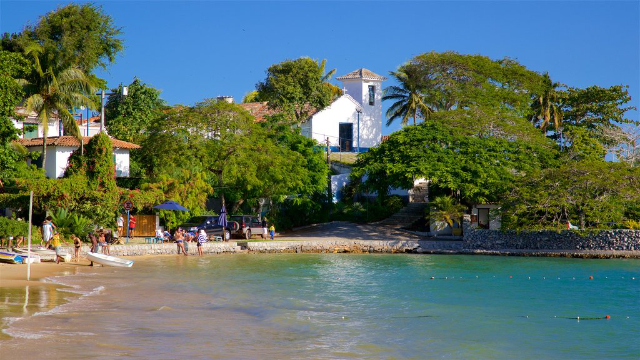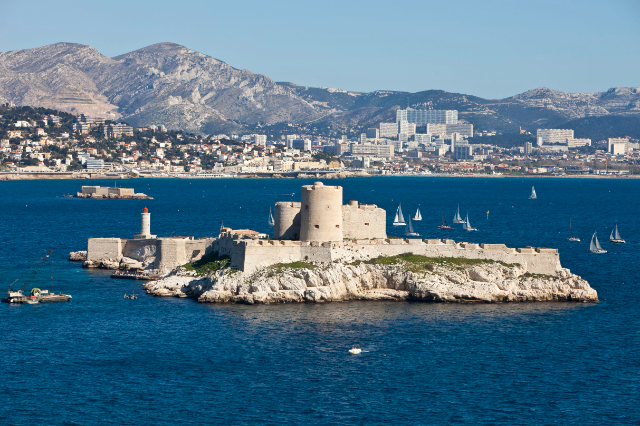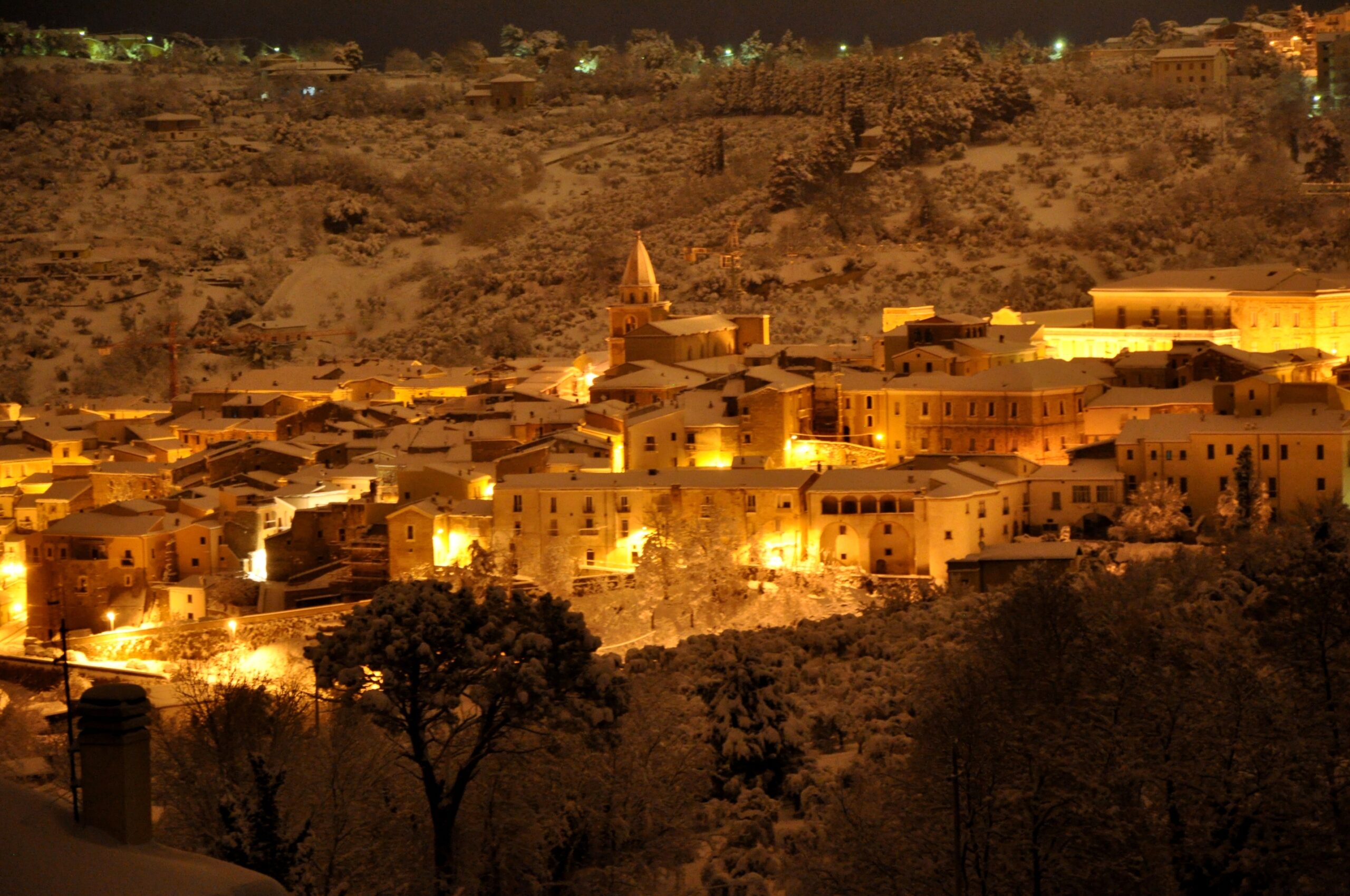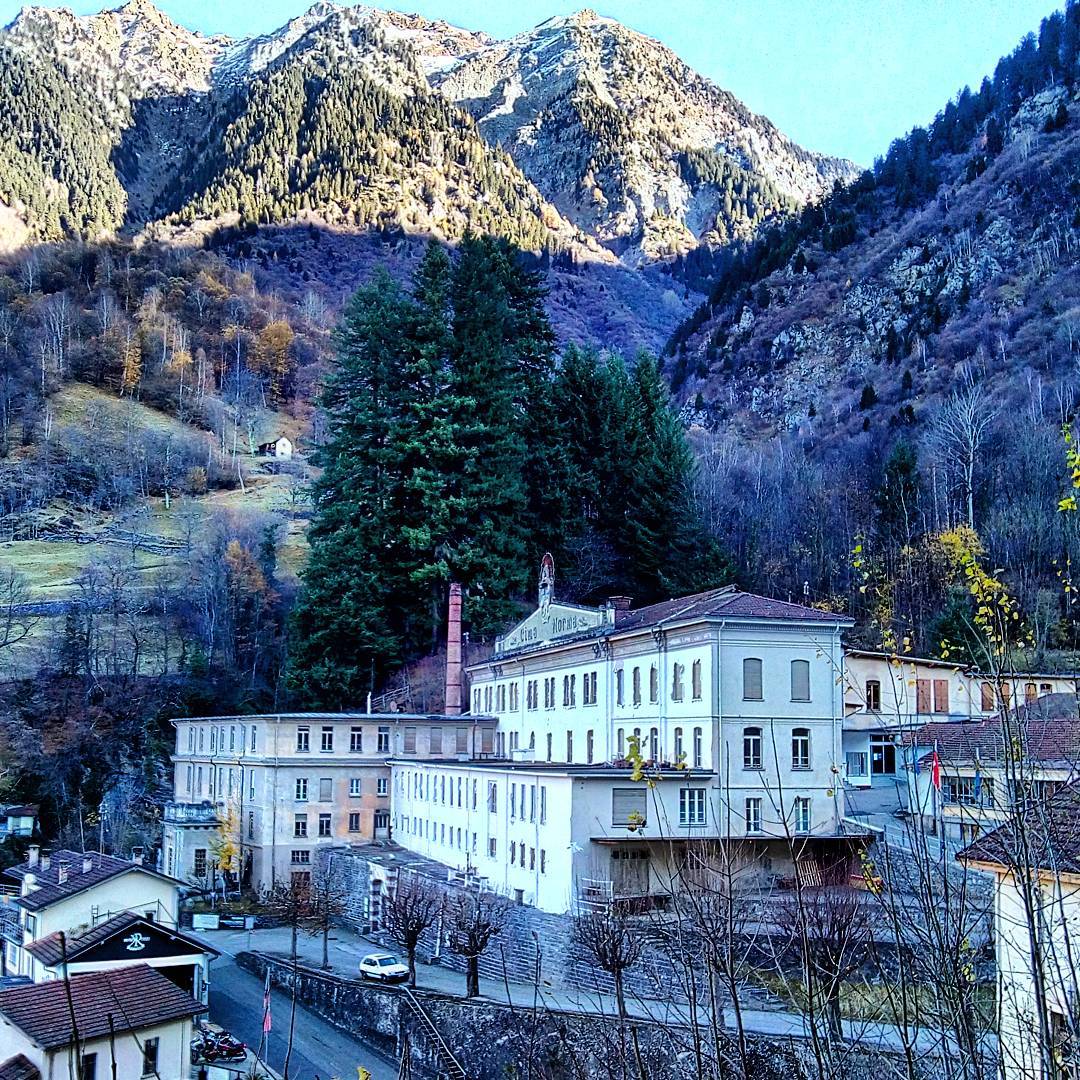A place of profound sacredness, the crypt was chosen by Saint Charles Borromeo as his personal place of prayer, where he went every Wednesday and Friday afternoon. It was not uncommon to see him spend entire nights in what he himself called "the gymnasium of the Holy Spirit", in adoration of the simulacrum of the tomb of Christ. For this reason, after his canonization, a polychrome terracotta statue representing the saint kneeling in front of the sarcophagus was placed.
The crypt also allows visitors to get in touch with one of the oldest testimonies of the city’s history. The paving, consisting of large slabs of white ‘Verona’ stone, comes from the paving of the ancient Roman forum of the 4th century, the main square of the Roman civitas, where the major civil and religious activities took place.
Reopened to the public after fifty years in 2016, the crypt was then the subject of a complex restoration project financed by MIBAC and completed in late spring 2019, mainly aimed at recovering the decorated surfaces. Thanks to the restoration in fact, admirable frescoes and decorations have resurfaced, such as the ornamental cycle of stars and plant elements on the vaults of the presbytery, dating back to the late thirteenth century. The two beautiful and intense crucifixions have also been restored (one in the staircase down, the other fourteenth-century in the presbytery), the three standing figures of Magdalene, John the Baptist and Helen, the mother of Constantine (or perhaps St. Catherine of Alexandria), The dinner in Simone’s House in the left wing of the presbytery, the 16th century frescoes of the Madonna di Loreto and the Madonna and Saints Rocco and Giovanni Battista in the atrium and the 17th century stuccoes and decorations in the apse, depicting the instruments of passion.
